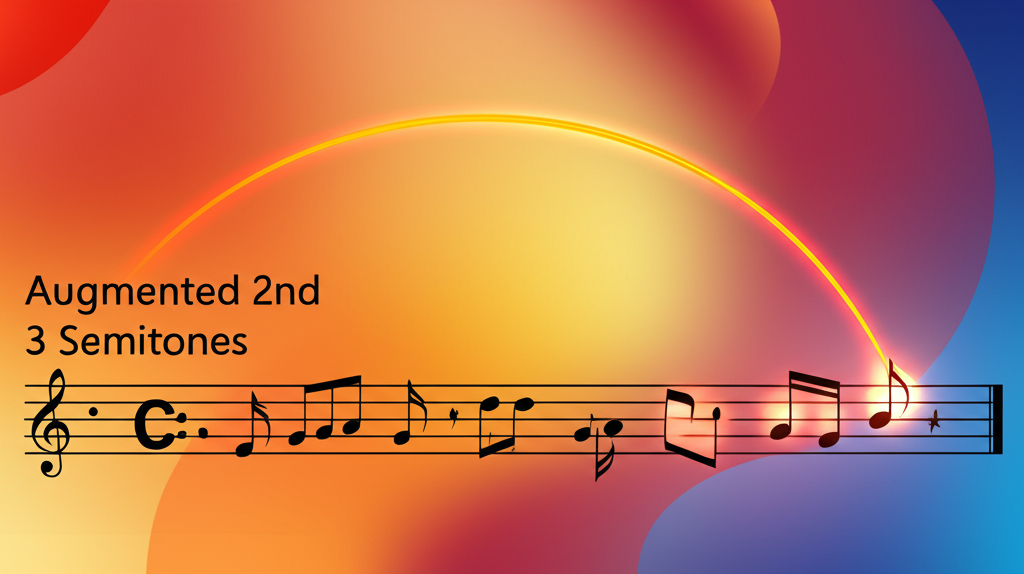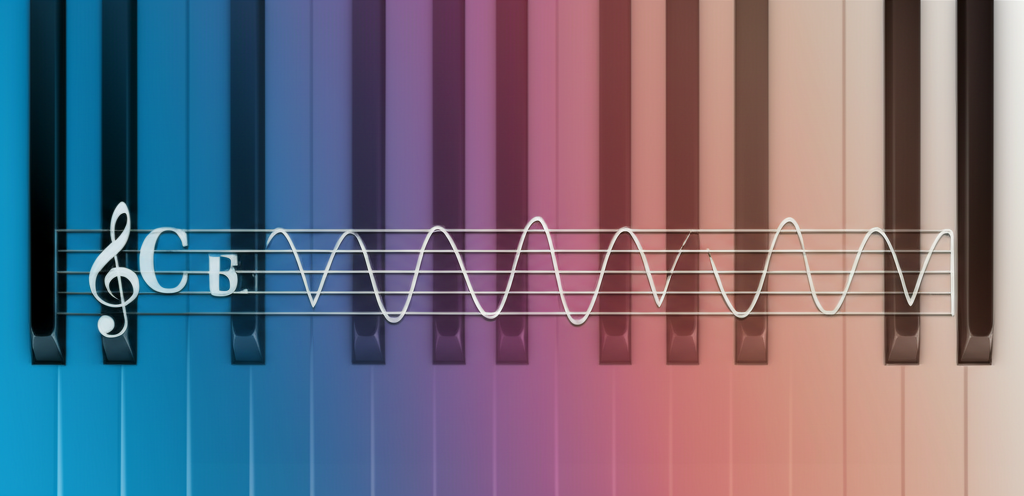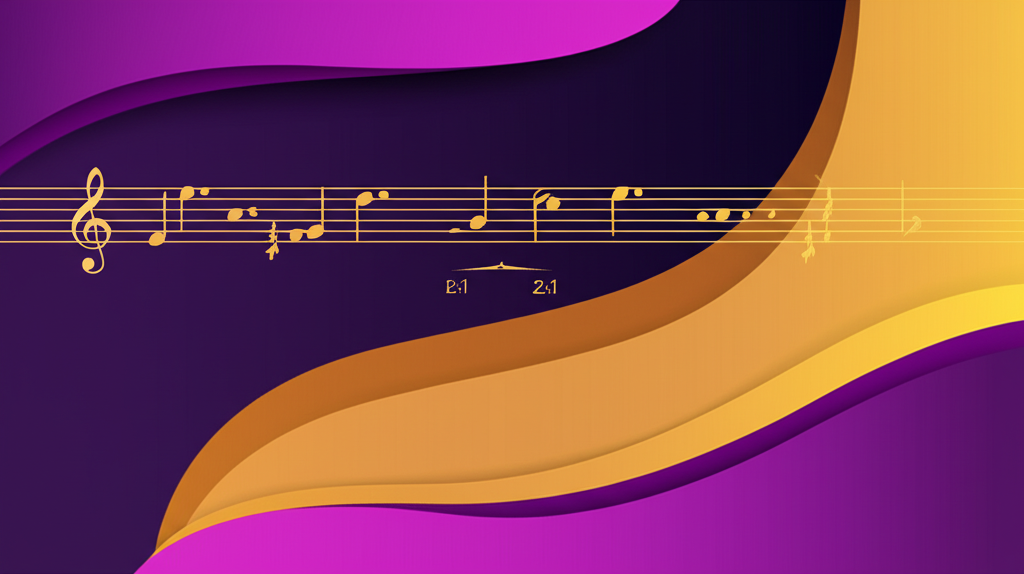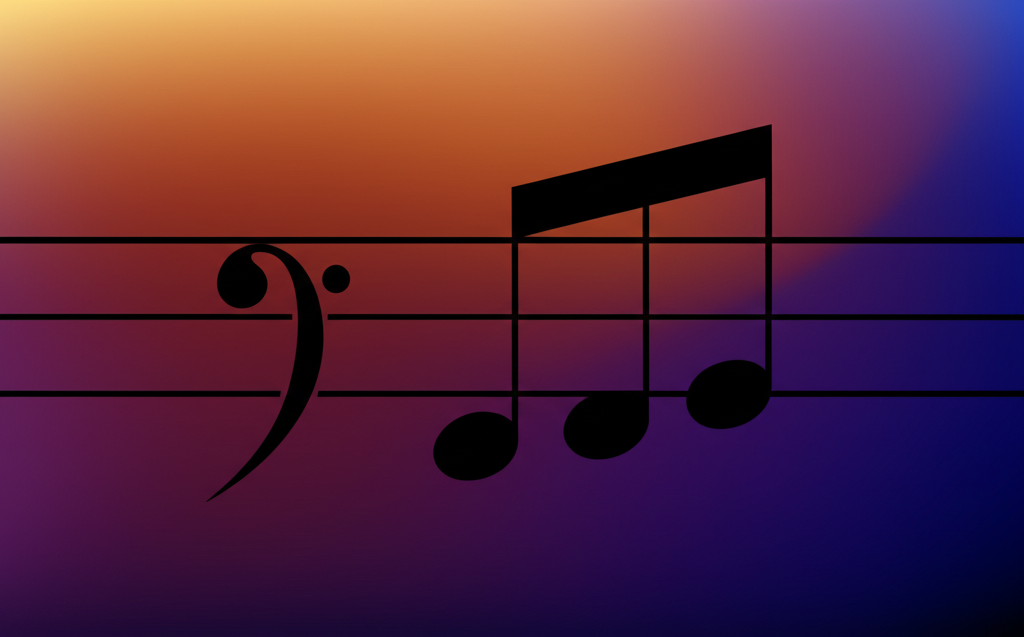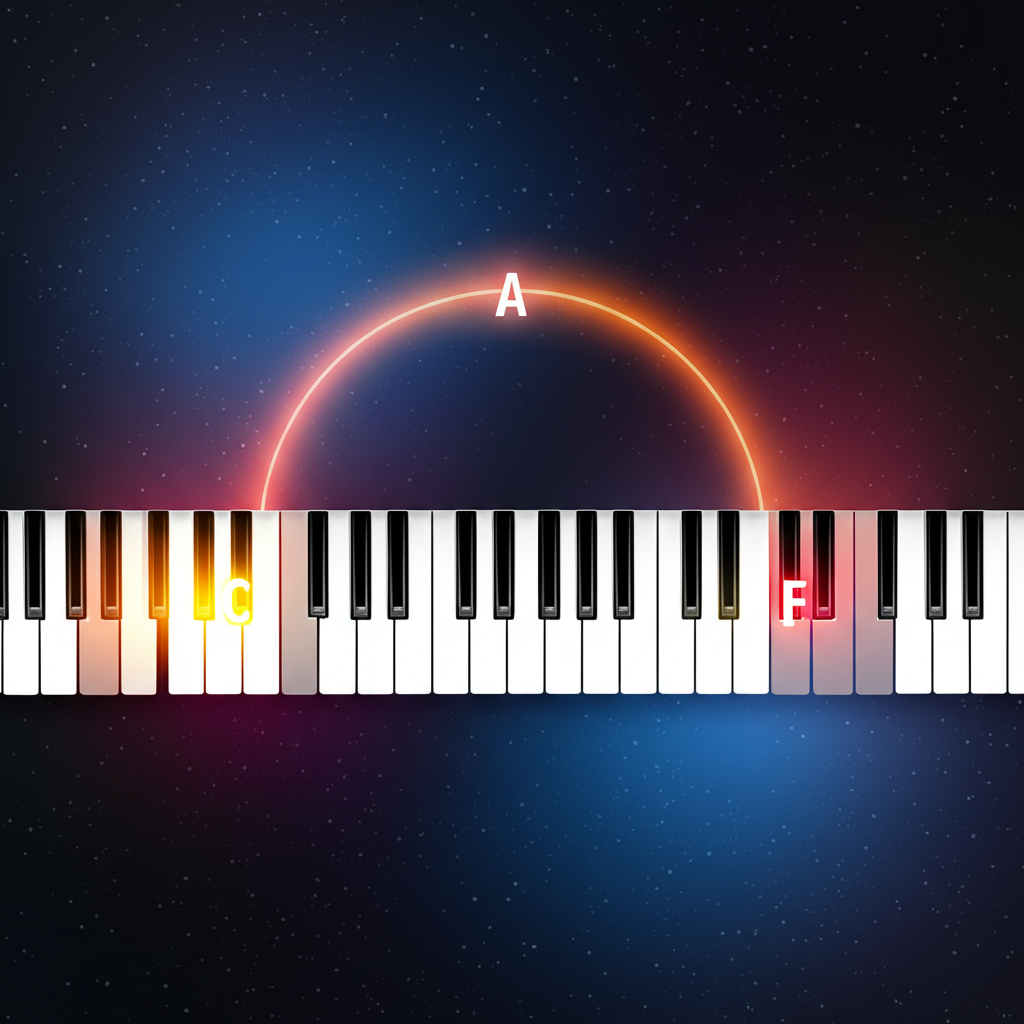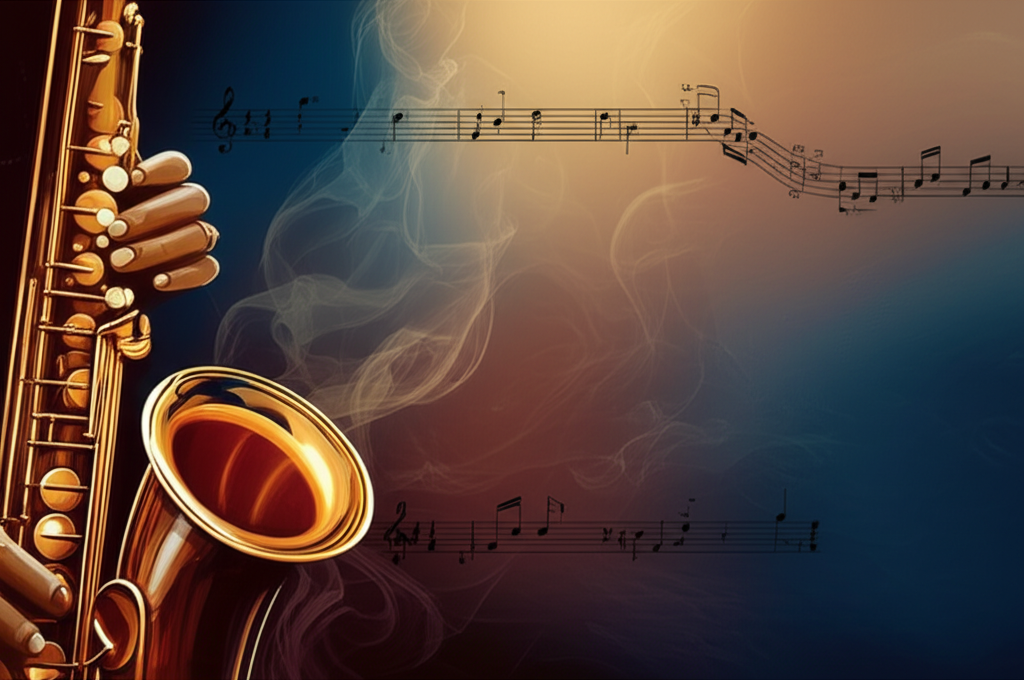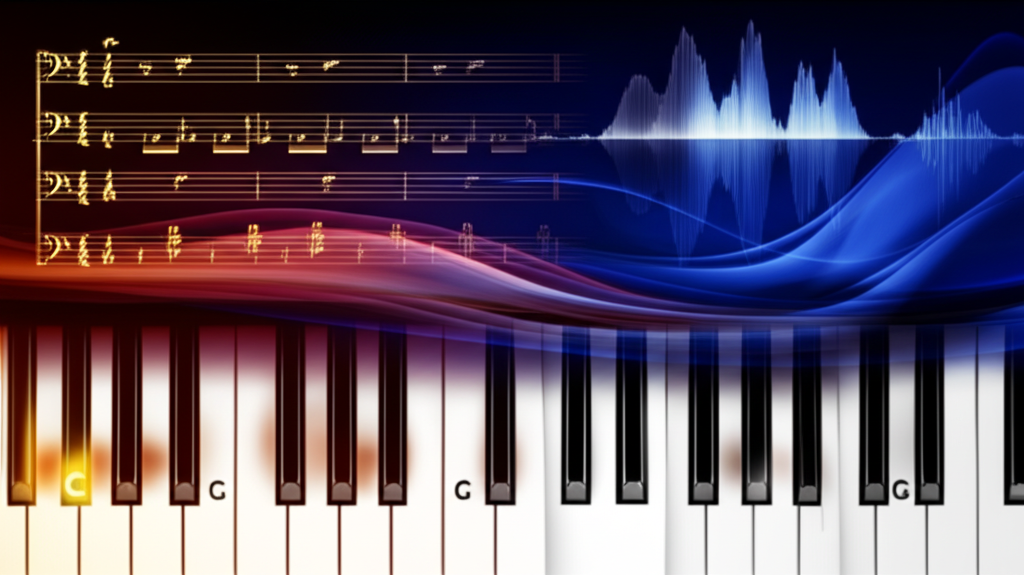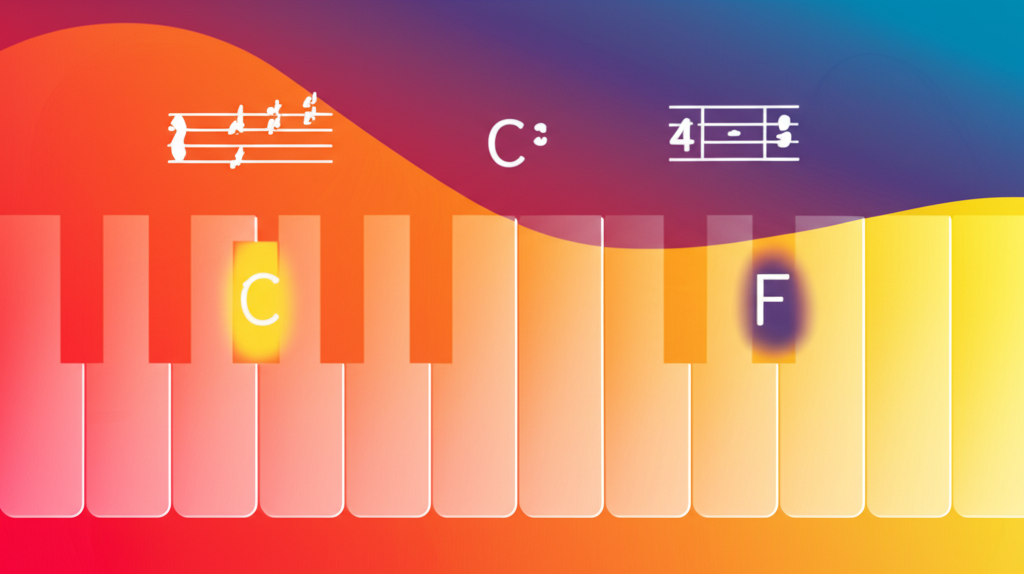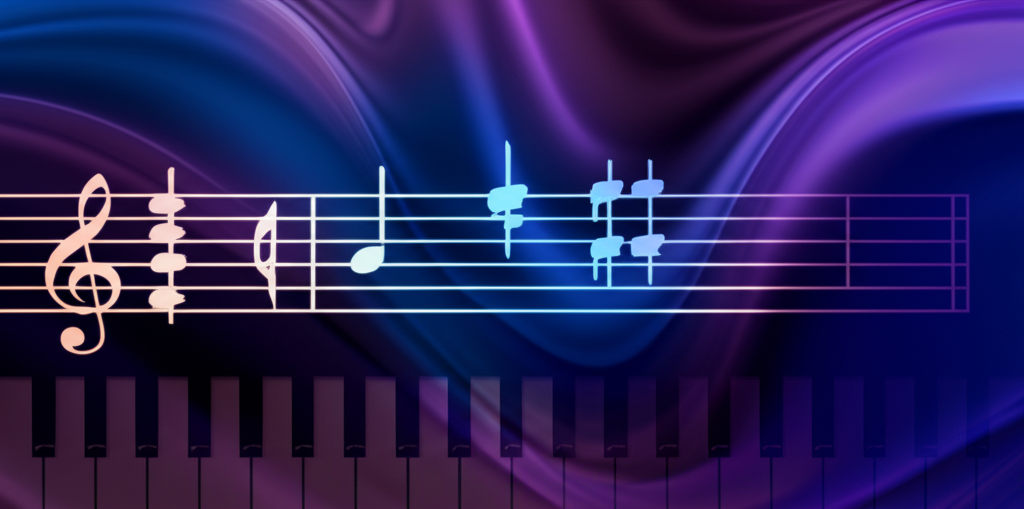
Major Second

b4n1
May 25, 2025, 2:22 a.m.
Major Second
Summary:
The major second is one of the most fundamental intervals in Western music, spanning two semitones or one whole tone. It forms the building block for scales, melodies, and harmonic progressions, creating a sense of movement and tension that resolves naturally to consonant intervals.
Keywords:
major second, whole tone, interval, semitones, scale degrees, melodic movement, harmonic progression
Introduction:
The major second represents the smallest pleasant step in traditional Western music theory. Unlike its cousin the minor second, which creates strong dissonance, the major second provides a smooth, natural movement between notes that feels comfortable to the ear while still maintaining forward momentum in musical phrases.
Definition and Classification:
A major second is an interval that spans exactly two semitones (half steps). In the chromatic scale, it skips one note between the starting and ending pitches. Common examples include C to D, F to G, and A to B. The major second is classified as a dissonant interval, though it's much milder than minor seconds or tritones.
Examples:
Major Seconds in C Major Scale:
Here are the major seconds found within the C major scale:
Major Second in Melody:
A simple melody demonstrating stepwise motion using major seconds:
Practical Applications:
Major seconds are essential in scale construction, forming the "whole steps" in major and minor scales. They create smooth melodic lines and are fundamental in creating scalar passages in classical music. Popular songs often use major second movement in verses and choruses to create singable, memorable melodies. In jazz and modern music, major seconds in harmony create sophisticated colorations without harsh dissonance.
Historical Figures:
Johann Sebastian Bach masterfully used major seconds in his inventions and fugues, creating elegant melodic lines that demonstrate the interval's natural flow. Claude Debussy exploited major seconds in his impressionistic harmonies, using them to create floating, ethereal textures. In the 20th century, composers like Béla Bartók incorporated major seconds extensively in folk-inspired melodies, showing the interval's universality across musical cultures.
Fun Facts:
The major second corresponds to the frequency ratio of 9:8 in just intonation, making it mathematically elegant. The opening of "Silent Night" features a descending major second from the very first notes. In many world music traditions, the major second represents the most natural step size, appearing in pentatonic scales across cultures from China to Scotland.
Conclusions:
The major second serves as a cornerstone of Western musical language, providing the perfect balance between stability and movement. Its ubiquity in scales, melodies, and harmonies makes it essential knowledge for any musician. How might composers continue to find new expressive possibilities within this fundamental interval?
References:
Kostka, S. & Payne, D. (2012). Tonal Harmony: With an Introduction to Twentieth-Century Music. McGraw-Hill.
Aldwell, E. & Schachter, C. (2010). Harmony and Voice Leading. Cengage Learning.
Persichetti, V. (1961). Twentieth-Century Harmony: Creative Aspects and Practice. W.W. Norton.

